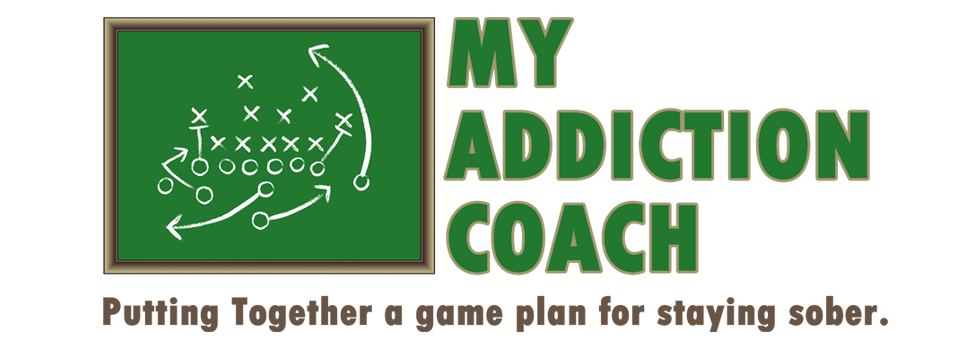
There are three main types of motivations to addiction recovery. The first is self-motivation. If the addicted person in your life should say they are determined to overcome their problem, your best bet is to keep an open mind. Do not expect miracles from the addict, because they are less likely to succeed than they would be with other motivations for addiction recovery. At the same time, do not be dismissive either, because that really won't be helpful to the addict in any way.
Self-motivation usually occurs when the addict has hit rock bottom and been given a clear choice between their addiction and something else which is important to them such as keeping a job or not losing custody of a child. However, it often takes more than honest will to overcome an addiction.
The second path to addiction recovery is leverage. Leverage describes what happens when someone else provides the motivation by warning the addict what they stand to lose if they do not. Thus the addict hits rock bottom, but the circumstance is created by a second individual. For example, the addict's employer might threaten to fire them if they do not clean up their act. The person issuing the ultimatum needs to make the choice clear to the addict, and outline the consequences in detail. They must also be prepared to carry out those consequences, as empty threats will be of no use at all.
The third tool of motivation for addiction recovery is commonly referred to as seduction. This method of motivation is best left for when the person is not self-motivated to quit using drugs or alcohol, and you have no leverage to use. The seduction method comprises telling the addict in your life that you can see they are unwilling to change their habit, and you are going to stay out of their life until they do. Let them know they can contact you again if they change their mind about recovery. Do not stick around to see what happens next. This method sometimes works because the need for love and human contact is very strong. It is almost as strong as the addiction itself.
If you have tried all of the motivations for seeking recovery with the addict in your life and nothing has helped, you only have one choice left. You must walk away and let the chips fall where they may, even though it hurts.

